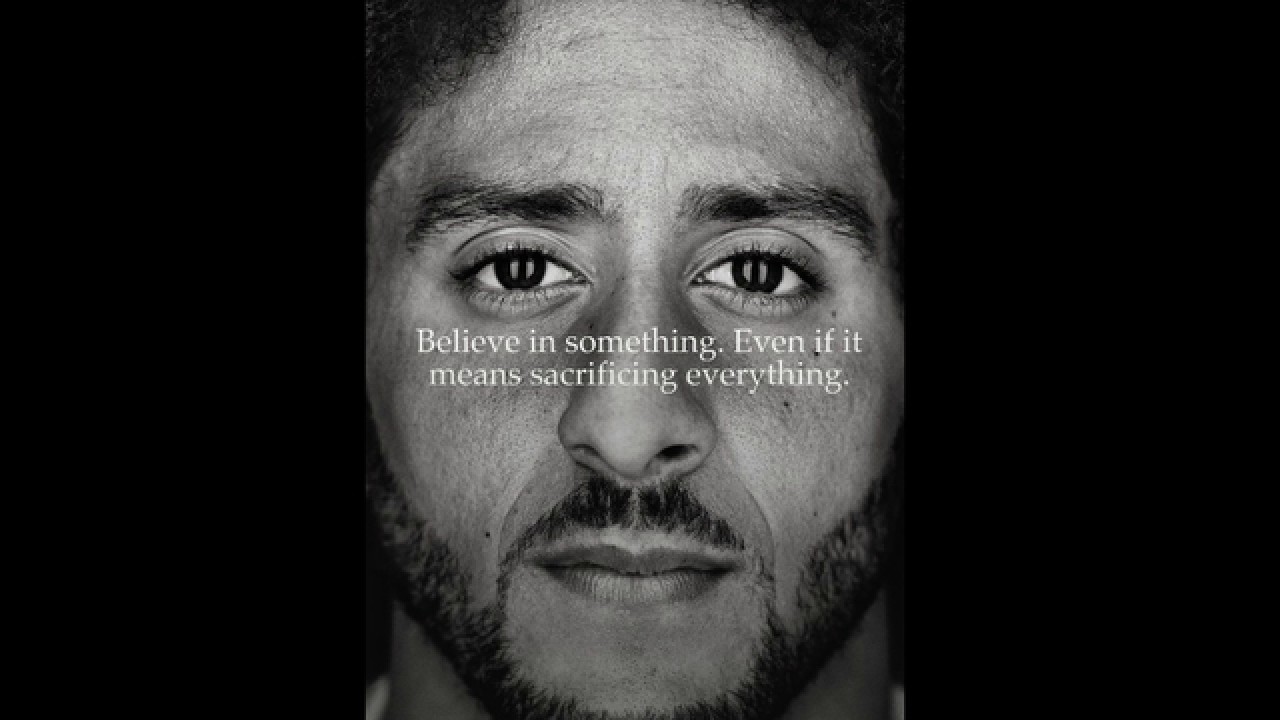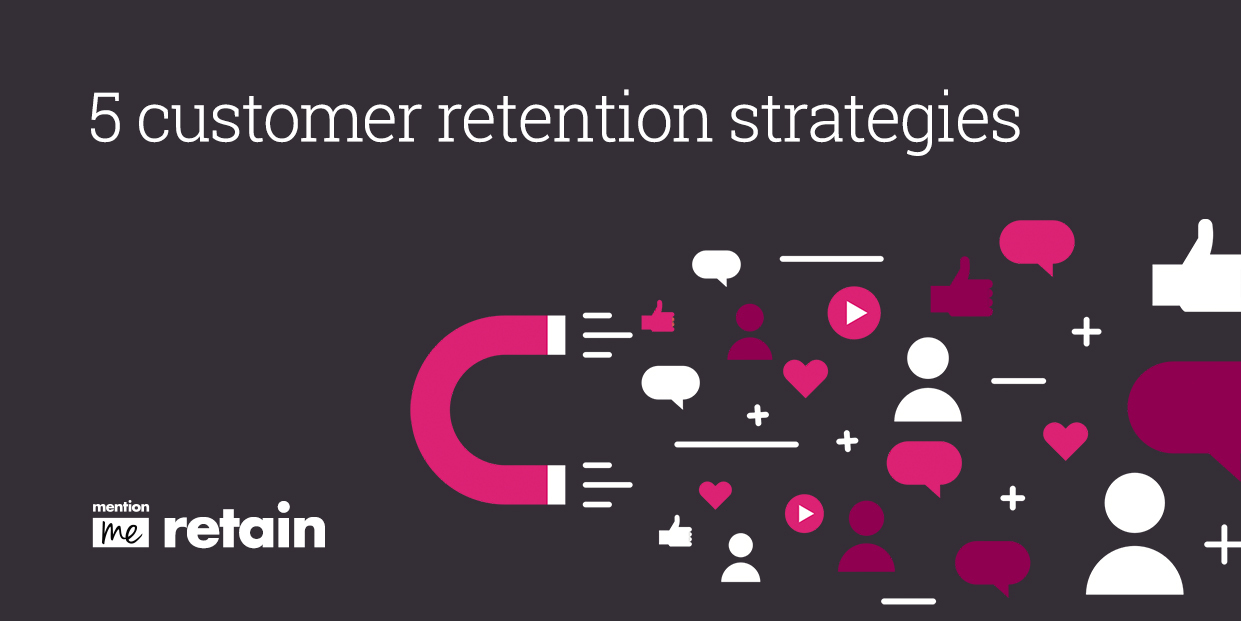6 ways your business can reach Gen Z

It’s likely your marketing strategy considers how to engage millennial consumers, but does it include a focus on Gen Z? If not, it could be time to do so.
Gen Z already has buying power of $44 billion and is set to account for 40% of all consumers by 2020. The majority may not yet to earn an income, but living at home means they have a strong influence over parental expenditure and purchasing decisions.
Who is Gen Z?
Born between 1995 and 2015, those in Generation Z are between four and 24 years old.
But with 71% of Gen Z saying they feel misunderstood, how can your brand connect with this group without being the advertising equivalent of that awkward middle-aged person trying to, ahem, get down with the kids?
6 ways your brand can engage Gen Z audiences
1. Know your channels
There’s been a lot of talk over the past few years about the diminishing presence of Facebook in the lives of younger people, with Gen Z preferring platforms like YouTube, Instagram and Snapchat.
But before you go deleting your brand’s Facebook account, consider this: one in every two Gen Z has actively contributed to Facebook in the past month. In fact, Facebook is the third most visited social platform on a daily basis by Gen Z, coming behind only YouTube and Instagram. So while Facebook may not be the first app Gen Z opens up each day, it remains a channel worth considering.
Of course, social media trends rapidly evolve, and it seems even firm favourite YouTube could be under threat with the emergence of TikTok. Last year, the social media video platform was the fourth most downloaded app in the world and counts at least 40% of its users as aged between 10 and 19 years old.
2. Stand for something
Consumers in general are becoming increasingly conscious – 40% would be more likely to recommend a brand committed to working with local suppliers – and this sentiment is magnified among young people.
76% of Gen Z have purchased or would consider purchasing a product from a brand to support the issues it stands for. On the flip side, 67% would stop purchasing from a brand that didn’t share its values.
In light of this, brands shouldn’t be afraid to take a stance that may not prove popular with everyone. Nike’s controversial Colin Kaepernick campaign in 2018 is a prime example. Despite facing a fierce backlash after supporting the American footballer, the sports brand was mentioned five million times in just three days and received (mostly neutral or positive) media exposure worth more than $43 million.
It was a bold move that cut through to its younger audience. “Gen Z and Millennials will respect Nike doing this and they are the core demographic for Nike,” Matt Powell, senior industry adviser for sports with The NPD Group Inc, told FN. “Two-thirds of the people who wear Nike footwear in the U.S. are younger than 35. This is the generation we’re talking about. Nike is really speaking to their consumer here.”
 Nike campaign featuring Colin Kaepernick
Nike campaign featuring Colin Kaepernick
3. Present seamless experiences
Unsurprisingly, digital channels play a key role in Gen Z’s shopping habits, particularly mobile-commerce. 72% of Gen Zs have purchased a product online in the last month, with 6 in 10 doing so on mobile.
Interestingly though, the majority of Gen Z prefer to shop offline in brick-and-mortar stores. This is partially due to the overall experience; 44% of 18 to 24 years old said shopping with friends was their primary reason for going to physical stores.
This highlights the importance of creating a seamless experience that remains consistent across both offline and online channels.
4. User-generated content
Gen Z is the first digitally native generation and spends an average of up to 9 hours every day on their phones. This presents a powerful opportunity to engage online and promote user-generated content for your brand.
Apple nailed this with its Shot on iPhone campaign that encouraged users to share their best photographs taken with an iPhone. The ten winning shots were featured on billboards, in Apple retail stores and online. Not only did the campaign engage users of all ages from around the world – winners came from countries including Germany, Singapore and the US – but it effortlessly promoted the high quality of iPhone cameras through compelling user-generated imagery.
 One of the winning photos for the Apple campaign, shot by Alex Jiang (US) on iPhone XS Max (IG: @justphotons)
One of the winning photos for the Apple campaign, shot by Alex Jiang (US) on iPhone XS Max (IG: @justphotons)
5. Influencer marketing
Thought the influencer marketing bubble was about to pop? Think again. For Gen Z, this remains a key channel. More than 65% have an Instagram account, and they’re 1.25x more likely to discover new brands and products via endorsements by celebrities.
They may be more savvy than generations gone by, but Gen Z remains a prime audience for influencer marketing.
6. Referral marketing
33% of consumers trust their friend’s recommendations more than any other source of advertising – Gen Z is no exception. In fact, 41% of this group are easily swayed by others’ opinions.
But there are a number of factors to focus on to encourage your younger customers to recommend your brand. Gen Z is most likely to become brand advocates for high-quality products and is highly incentivised by financial rewards (particularly if the validity period coincides with payday).
For more insight into how referral marketing can cut through the noise to reach your Gen Z target audience, check out our guide to referral marketing.

Courtney Wylie
Courtney is VP of Product and Marketing for Mention Me. Helping leading eCommerce brands turbo charge their customer acquisition through fully flexible refer a friend programmes.
Read more >
Never miss another update
Subscribe to our blog and get monthly emails packed full of the latest marketing trends and tips








